When I think about the Middle Ages, my mind jumps to knights, castles, and lively markets. But then I wonder—how did people actually have fun? It’s easy to forget that, just like us, medieval folks needed entertainment. Whether peasants came together for a village festival or nobles relaxed in the courts, games were a big part of how they passed the time, connected with others, and maybe showed off a bit.
Of course, they didn’t have video games or board games like we do, but their pastimes were often just as strategic, physical, and downright creative. So, I thought it’d be fun to take a look at twelve medieval games that brought people joy, rivalry, and, occasionally, a few bruises!
1. Chess

Chess was one of the most popular games among the noble class in medieval Europe. Originating from India, the game reached Europe by the 9th century and quickly became a favourite in courts. Players would engage in a battle of wits, strategizing moves for knights, bishops, and queens to capture their opponent’s king. Chess wasn’t just a game—it was also seen as a way to practice military tactics.
2. Nine Men’s Morris
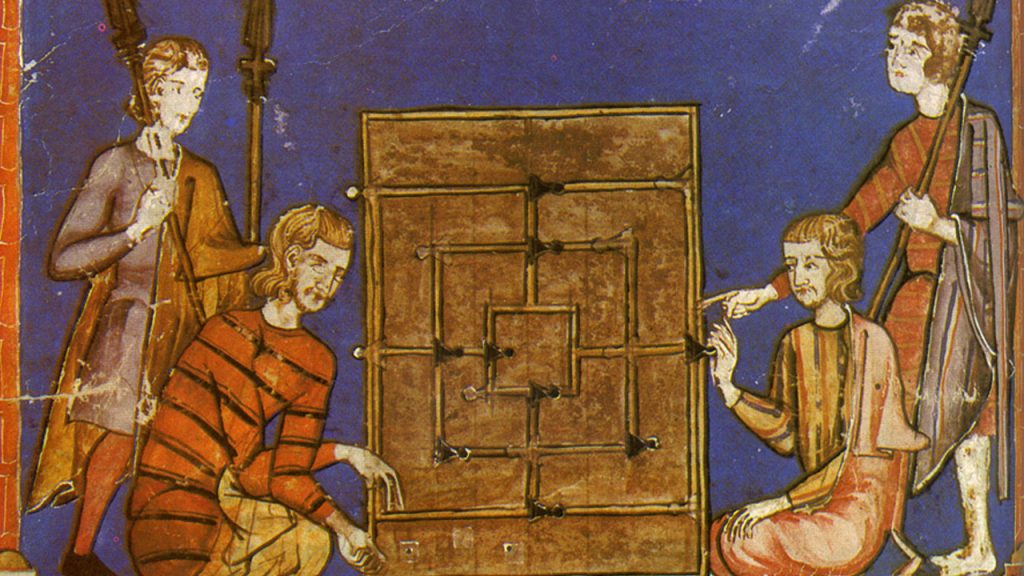
Nine Men’s Morris was a game of strategy played on a board with three concentric squares connected by lines. Each player had nine pieces, and the goal was to form “mills” (three pieces in a row) to capture the opponent’s pieces. The game was simple but deeply tactical, and it could be played by people of all social classes, from peasants to royalty.
3. Hnefatafl
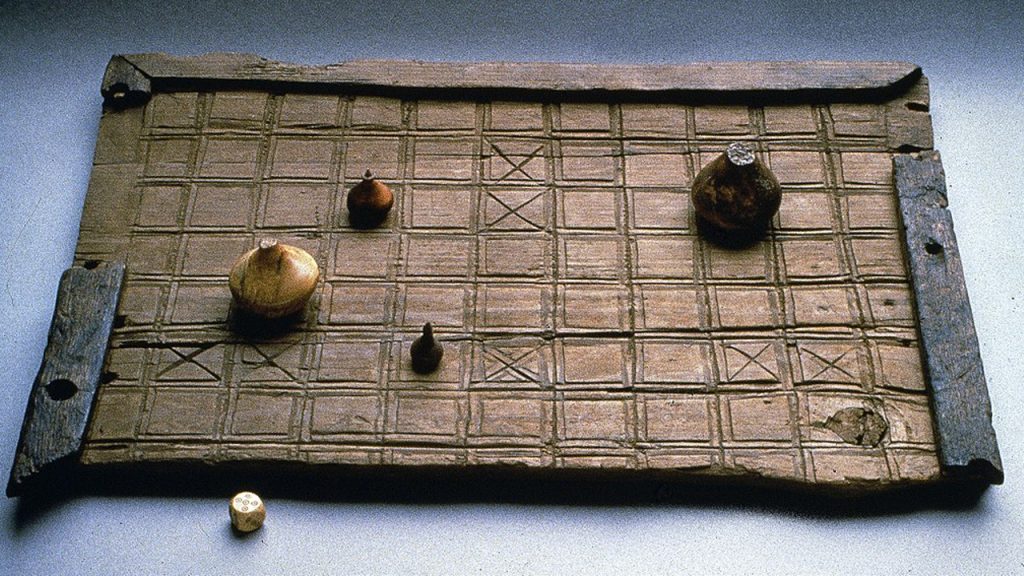
Hnefatafl, also known as “King’s Table,” was a Norse strategy game that predated chess. One player took the role of a king and his defenders, while the other played attackers. The king’s goal was to escape to the edge of the board, while the attackers tried to surround and capture him. This game showcased the medieval fascination with asymmetric warfare and strategy.
4. Archery Competitions
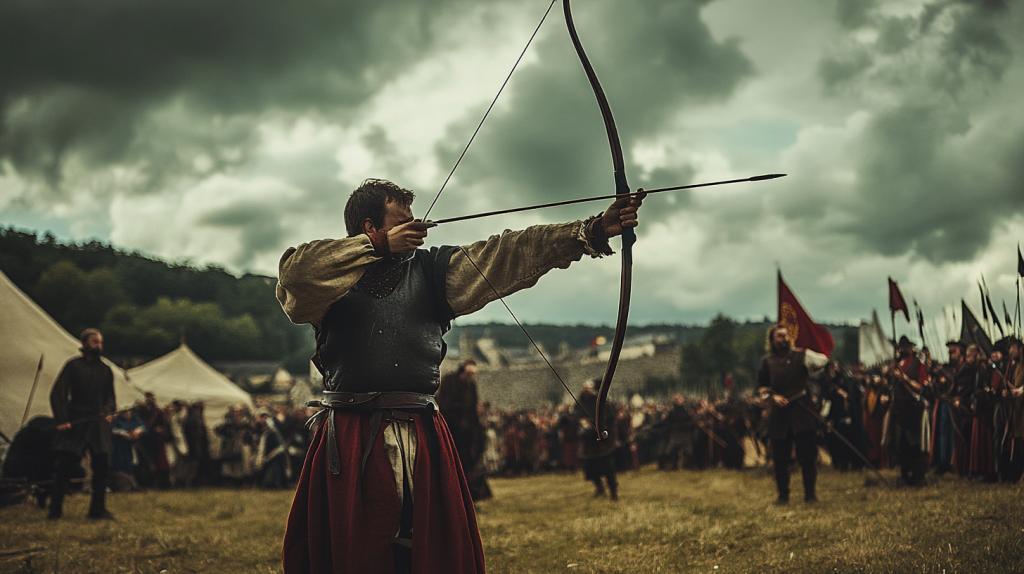
Archery wasn’t just a battlefield skill—it was a popular sport, especially in England. Competitions were held to test participants’ aim and precision. These contests were social events, drawing crowds for festivals and fairs. A good archer could earn both prizes and prestige, making this game a blend of sport and status.
5. Hoodman Blind
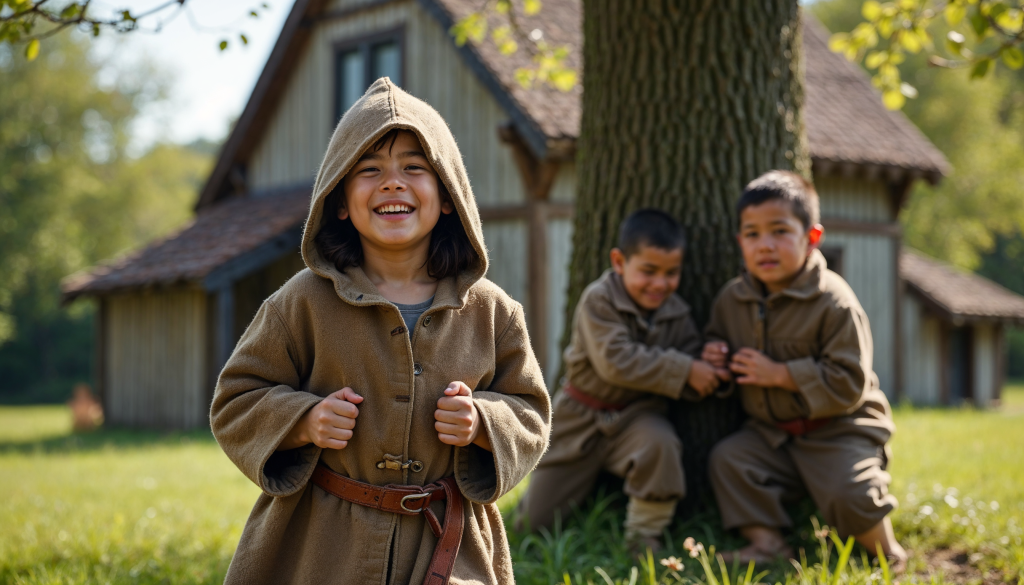
Hoodman Blind, a medieval version of modern-day blind man’s buff, was a playful and physical game. The “hoodman” would have their eyes covered by a hood while other players tried to avoid being caught. It was a favourite among children and young adults, full of laughter and chasing as players dodged and ducked to avoid the blindfolded catcher.
6. Shinty
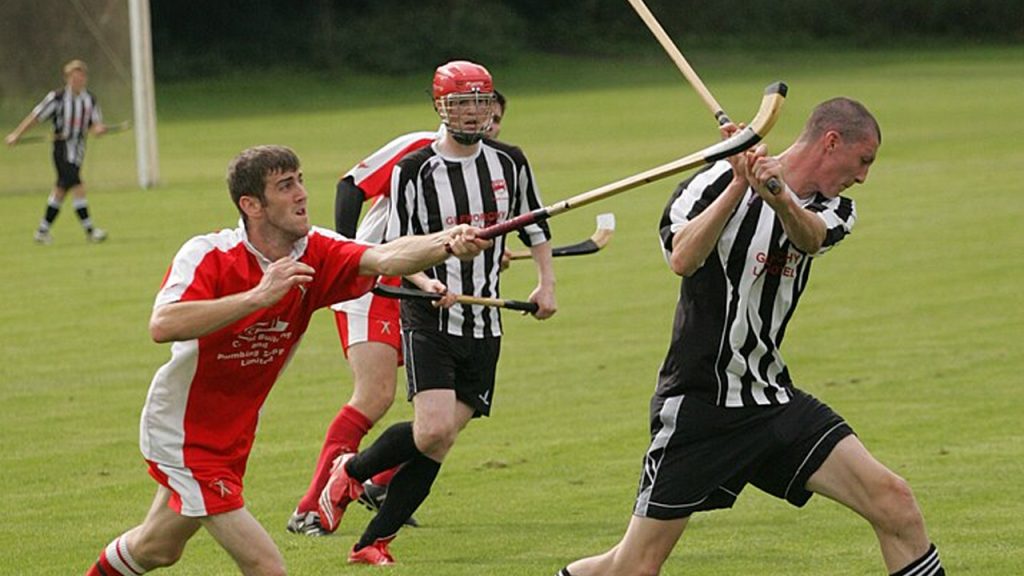
Shinty was a rough and fast-paced stick-and-ball game, somewhat like hockey. Players would use curved sticks to strike a ball, aiming to score by hitting it into a designated area. Originating in the Highlands of Scotland, this game required a lot of energy and quick reflexes, making it both exhilarating and dangerous at times.
7. Knucklebones
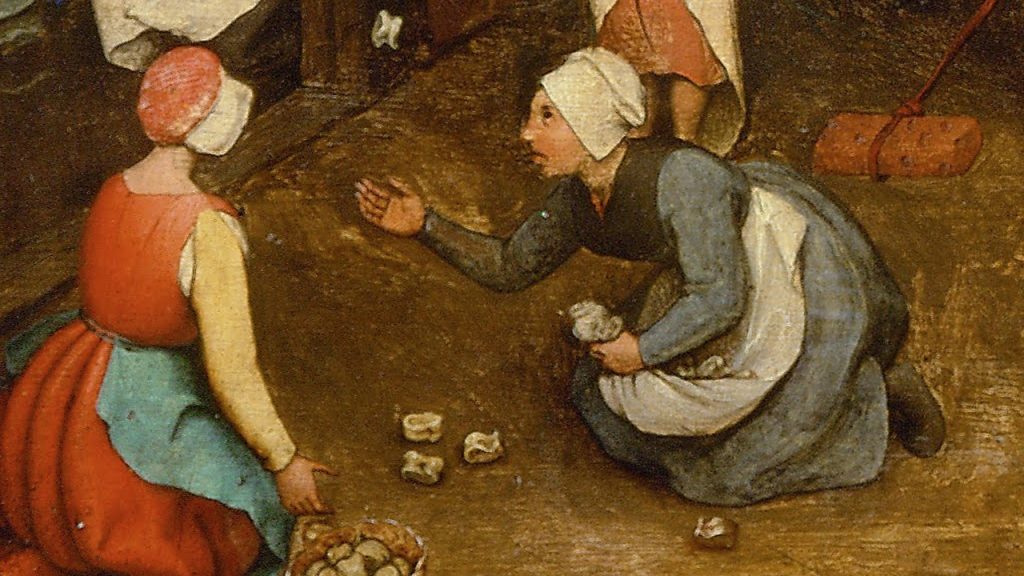
Knucklebones, a precursor to modern dice games, was played with the small bones of sheep or other animals. Players would toss and catch these bones in various combinations, trying to land specific outcomes. Though simple, it was a highly skillful game and could be played casually or as a form of gambling.
8. Stoolball
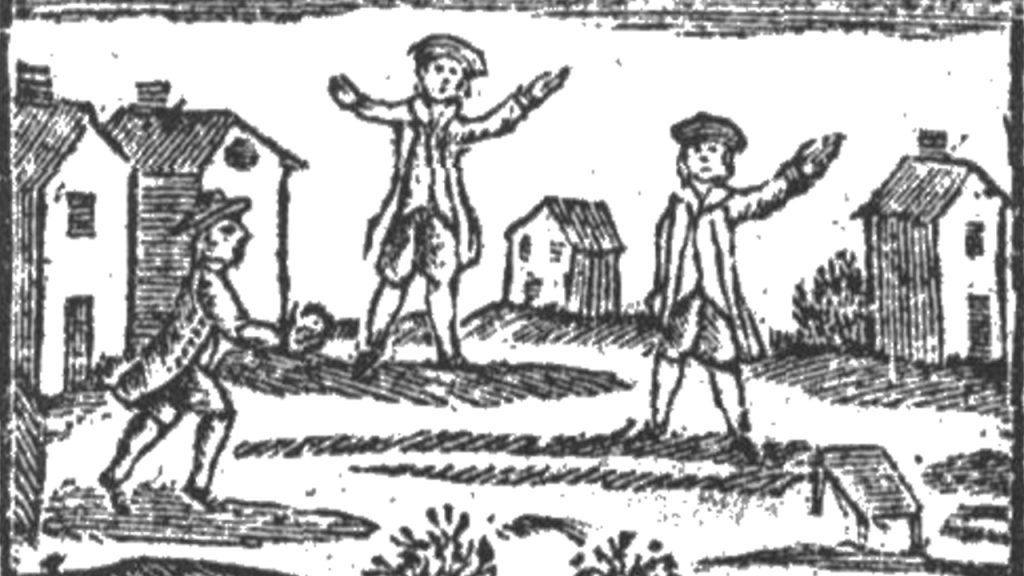
Stoolball is thought to be an ancestor of cricket. It involved throwing a ball at a stool (or similar target) while the opponent tried to defend it with their hands or a bat. This game was popular in the countryside and often played by both men and women, particularly during harvest festivals and celebrations.
9. Gameball

Gameball was an early form of football (soccer). Teams from different villages would gather for chaotic matches that could last for hours. There were very few rules, and the game was as much about endurance as skill. The ball could be kicked, thrown, or carried, and games often involved huge numbers of players and spanned large areas of land.
10. Dice Games

Dice games were common in medieval times, and people of all classes played them, from soldiers to kings. Simple games like Hazard or even the roll of a single die could provide endless fun or frustration. Of course, where there was gambling, there was also the risk of cheating, leading to strict rules and the occasional brawl when fortunes were lost.
11. Alquerques

Alquerques is the ancestor of modern draughts (checkers). Played on a 5×5 board, it involved jumping over and capturing your opponent’s pieces. Like chess, it was a game that required concentration and strategy, with a focus on controlling the board and outmanoeuvring the other player.
12. Jousting Tournaments

Perhaps the most iconic medieval sport, jousting was a form of competitive combat between two knights on horseback. Armed with long wooden lances, the goal was to knock the opponent off their horse. Jousting wasn’t just about combat—it was a grand social event, filled with pageantry, feasts, and displays of knightly prowess.
17 Old Wives’ Tales That Are Actually True

Old wives’ tales have been passed down through generations, often dismissed as mere superstition. However, many of these age-old beliefs are rooted in truth. From health tips to weather predictions, these stories from the past can surprise us with their accuracy. Here are 17 old wives’ tales that are actually true.
Read More: 17 Old Wives’ Tales That Are Actually True
Katy Willis is a writer, master herbalist, master gardener, and certified canine nutritionist who has been writing since 2002. She’s finds joy in learning new and interesting things, and finds history, science, and nature endlessly fascinating.

